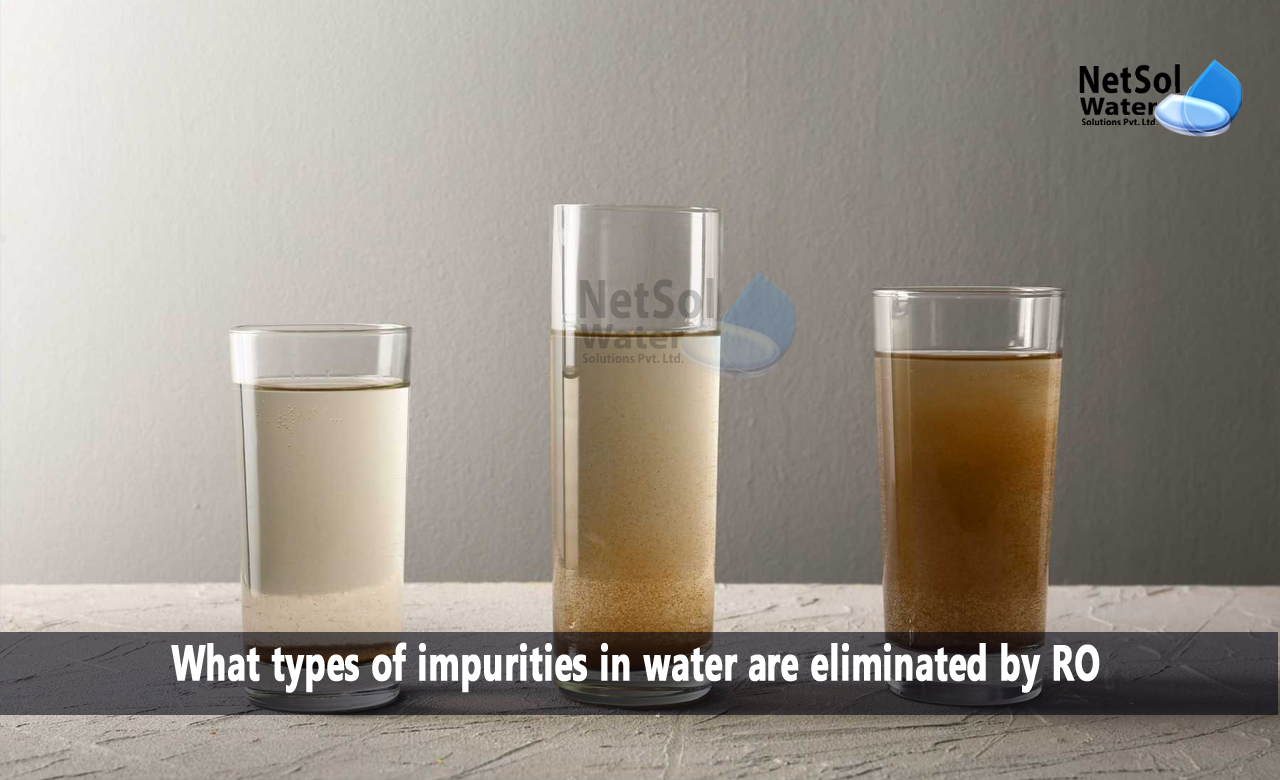Water contamination is a significant global concern, affecting the quality and safety of drinking water sources. In the quest for clean and pure water, reverse osmosis has emerged as a powerful solution. This blog explores how reverse osmosis addresses water contamination issues, its effectiveness in removing contaminants, and its role in providing safe drinking water to communities.
What is reverse osmosis?
Reverse osmosis is a water purification process that utilizes a semipermeable membrane to remove impurities and contaminants from water. It works by applying pressure to push water molecules through the membrane while blocking larger molecules, particles, and dissolved solids. Reverse osmosis effectively removes a wide range of contaminants, including bacteria, viruses, chemicals, salts, heavy metals, and other dissolved solids, resulting in clean and purified water. The process is widely used in various applications, from residential drinking water systems to large-scale industrial water treatment, providing a reliable and efficient method for producing safe and high-quality water.
What types of impurities in water are eliminated by RO?
Reverse osmosis (RO) is capable of removing a wide range of contaminants from water. Some of the common contaminants that can be effectively removed by RO include:
1. Dissolved Solids: RO systems are highly efficient in removing dissolved solids such as minerals, salts, and metals. This includes substances like calcium, magnesium, sodium, chloride, sulfate, and fluoride. These dissolved solids contribute to water hardness, taste, and potential health concerns.
2. Bacteria and Viruses: RO membranes have pore sizes small enough to effectively block bacteria, viruses, and other microorganisms present in water. This helps in eliminating waterborne pathogens and reducing the risk of waterborne diseases.
3. Chemicals and Organic Compounds: Reverse osmosis is effective in removing various chemicals and organic compounds from water. This includes pesticides, herbicides, pharmaceutical residues, industrial pollutants, and volatile organic compounds (VOCs). RO can significantly reduce the presence of these contaminants, making the water safer for consumption.
4. Heavy Metals: RO systems can remove heavy metals such as lead, mercury, arsenic, cadmium, and chromium from water. These metals can have detrimental health effects when consumed in high concentrations, and RO helps to reduce their presence in drinking water.
5. Sediments and Particles: Pre-filtration in the RO system helps remove larger particles, sediments, and debris present in the water. This includes sand, silt, rust, and other suspended solids, improving the clarity and appearance of the water.
Reverse osmosis process for removing contaminates:
Reverse osmosis (RO) removes contaminants from water through a combination of physical filtration and molecular separation. The process involves the following steps:
a. Pre-Filtration: Prior to entering the RO system, the water undergoes pre-filtration to remove larger particles, sediments, and debris. This step helps protect the RO membrane and prevents clogging or damage.
b. Pressure Application: The water is pressurized using a high-pressure pump. The applied pressure exceeds the osmotic pressure, which is the natural force that prevents the passage of solutes through a semipermeable membrane.
c. Semipermeable Membrane: The pressurized water is forced through a semipermeable membrane with extremely small pores. The membrane acts as a barrier, allowing only water molecules to pass through while blocking the majority of contaminants.
d. Contaminant Removal: The semipermeable membrane effectively removes contaminants through several mechanisms:
· Size Exclusion: The membrane pores are small enough to block larger particles, such as bacteria, viruses, and suspended solids. These contaminants are physically prevented from passing through the membrane.
· Ion Rejection: The membrane has the ability to reject ions and dissolved solids, including minerals, salts, heavy metals, and other inorganic compounds. These contaminants are larger than the water molecules and are unable to pass through the membrane.
· Molecular Separation: The membrane selectively separates water molecules from smaller dissolved contaminants based on their molecular size and charge. Smaller molecules, such as organic compounds and some chemicals, may pass through the membrane to a certain extent, but the rejection rate for most contaminants is high.
e. Purified Water Collection: The purified water, known as permeate, passes through the membrane and is collected for use or distribution. The remaining contaminants and impurities, known as reject or concentrate, are diverted away from the permeate and discarded.
How effective is RO process in removing contaminants from water?
Reverse osmosis (RO) is highly effective in removing contaminants from water, making it one of the most efficient water purification methods available. With its semipermeable membrane, RO can effectively remove dissolved solids, bacteria, viruses, chemicals, heavy metals, and sediments from water. It can remove up to 99% of dissolved solids, resulting in reduced water hardness and improved taste. RO membranes have tiny pores that block bacteria and viruses, ensuring microbiologically safe drinking water. It is also effective in removing various chemicals and organic compounds, as well as heavy metals like lead, mercury, arsenic, cadmium, and chromium. However, it's important to note that while RO is highly effective, it may not remove certain volatile organic compounds or gases. Regular maintenance and water quality monitoring are crucial to maintain the effectiveness of RO systems. Overall, RO is a reliable and efficient method for removing contaminants and ensuring access to clean and safe drinking water.
Netsol Water is Greater Noida-based leading water & wastewater treatment plant manufacturer. We are industry's most demanding company based on client review and work quality. We are known as best commercial RO plant manufacturers, industrial RO plant manufacturer, sewage treatment plant manufacturer, Water Softener Plant Manufacturers and effluent treatment plant manufacturers. Apart from this 24x7 customer support is our USP. Call on +91-9650608473, or write us at enquiry@netsolwater.com for any support, inquiry or product-purchase related query.



